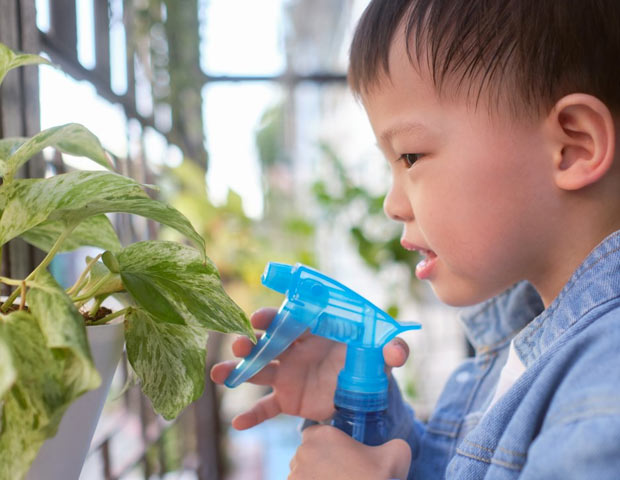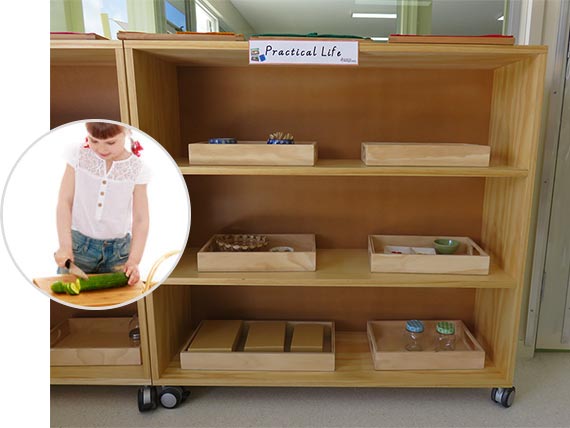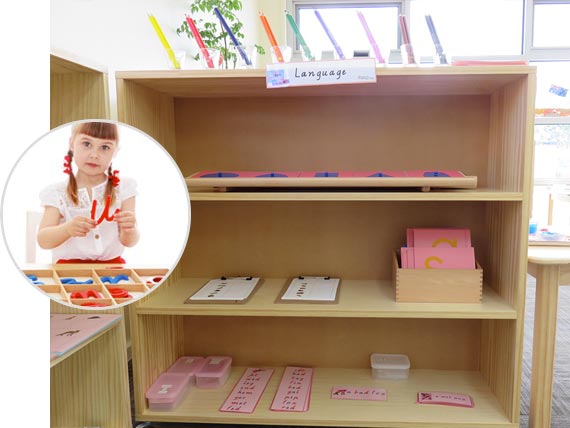Based on scientific observations of children’s natural learning tendencies, in 1907 Dr. Maria Montessori developed the Montessori method of education. This method is based on self-directed activity, hands on learning, and collaborative play. Influenced by her discovery that children teach themselves, she constructed the “prepared environment”, which enables children to voluntarily choose from an array of developmentally appropriate exercises and activities. The Montessori classroom consists of specifically designed Manipulative Materials that are inviting and aesthetically pleasing to the children which enables the child to engage in their own active learning and individual choice.
The materials encourage and reinforce the child’s self-discipline, independence, concentration, motivation and are an aid to grow the child’s innate desire to learn, all whilst under the guidance and support of a qualified Montessori teacher. The role of a Montessori teacher is to guide the child to take part in their own active learning, to quietly observe each child throughout the day and to not obstruct the child as they work. Independence in the child and pride in their own work is promoted by the fact that the teacher will only provide help when it is desired or indicated by the child.

Children have a natural interest in activities they have seen being carried out before. The Practical Life area of a Montessori classroom features exercises that resemble everyday activities that are useful and purposeful.
There are four different groups of exercises:
These exercises help to refine the child’s motor skills, concentration, intellect and to develop a sense of order and independence within the child.

The Sensorial area of the classroom features materials and exercises that can be recognised by the senses such as; texture, shape, matching, size, weight, temperature, loudness or softness, etc.
These materials and exercises aid the child in acquiring clear and concise information in order to be able to classify the things around them which helps the children to adapt to their own environment.

Subjects such as Geography, Science, Art, Music, Botany, and Zoology are included in the Culture area of the Montessori classroom.
These subjects help the children to gain a better understanding of our world and the many different cultures, creatures and features they may encounter throughout their life.

The Montessori classroom is designed to help the child learn at their own pace. When it comes to the area of Language, the materials help the child to develop and master communication skills and expression.
The directress will be the main support to the child in their language development and help to build the child’s self confidence.

Mathematical concepts are first experienced with the Sensorial materials, which show the child a sense of order and indirectly introduces the child to the decimal system, grading, dimension, length, etc.
The mathematical concepts in a Montessori classroom start concretely and then move on towards the abstract.

Book a tour with us today
We will make all efforts to accommodate you to the date and time you select.
Book a tour